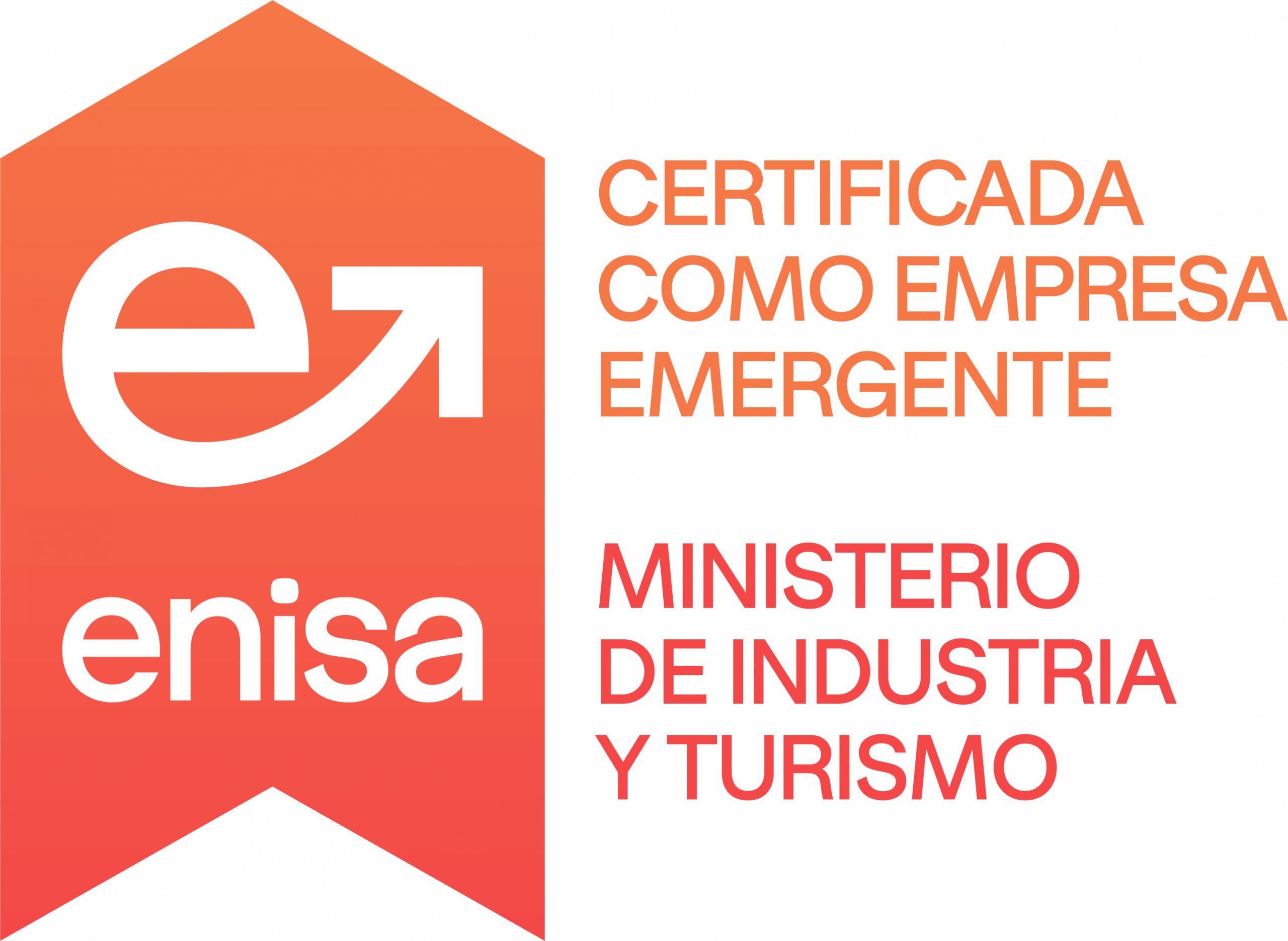The podcast outline is a document that serves as a roadmap for a podcast episode.
To be honest, it's a rarely used tool, but it's essential for detailing the content structure, topics to cover, and the order in which they'll be presented during the recording.
Its true importance lies in the organization and coherence it brings to the production process. By establishing a solid outline, podcast creators can plan ahead, ensure they cover all key points, maintain the episode's focus, and enhance the quality of their content.
But before we delve into creating the outline, let's talk about the real benefits of investing time in its development.
Short description of the benefits of having a well-structured podcast outline
Having a well-structured podcast outline brings multiple benefits.
Firstly, it eases pre-episode preparation, enabling hosts and producers to be better prepared and organized.
Moreover, it aids in maintaining the podcast's narrative flow , ensuring a coherent and logical presentation of topics. This, in turn, enhances the listener's experience, as well-structured content tends to be more engaging and easier to follow.
Furthermore, a detailed outline can contribute to production efficiencyby allowing adjustments and revisions before recording.
A solid outline can also serve as a reference for future episodes, helping to maintain consistency and the podcast's style over time.
While many podcasters might resist investing time in crafting an outline, doing so provides a structure for creating quality content and ensures a rewarding auditory experience for the listener.
But, how do you develop an efficient outline?
One of the initial steps we can implement begins even before putting it down on paper (or on the computer).

Preparatory steps: defining the topic and objectives
How to choose a topic for the episode and set clear podcast objectives?
There's no doubt that selecting a relevant topic is crucial for a podcast episode's success.
To do this, consider the interests of your target audience and determine which topics or issues might pique their interest.
Define the main topic of the episode clearly. Ensure it is relevant and aligns with your podcast's general theme.
Furthermore, set clear objectives for the episode.
Will it be an informative episode? Entertainment-oriented? Educational? Inspirational?
Define a specific objective to focus the content and start researching and gathering relevant information on the subject.
Tips for researching and collecting relevant information on the topic
Thorough research is crucial for delivering quality content..
Explore reliable sources that support the points you wish to address in your episode and use various resources like books, articles, studies, interviews, and online resources to gain a comprehensive perspective on the subject.
Collect relevant and standout information that supports your content and helps back your points.
Utilize ChatGPT and other Artificial Intelligence tools to delve into the topic. However, remember to cross-reference the information obtained with other sources to maintain your content's credibility.
Organize these findings logically so that you can effectively use them when structuring your outline. Solid information gathering will ease the creation of coherent and compelling content during podcast recording.
Remember: If the content you've obtained interests you, it's likely to interest your audience too.
Ask yourself: Would I listen to a podcast with this information?
If the answer is yes, go ahead!
Developing the Basic Outline
Guidance for creating a basic episode outline: introduction, main body, and conclusion
The basic outline of a podcast episode consists of three fundamental parts: the introduction, the main body, and the conclusion.
- Introduction: Begin with a captivating introduction that grabs listeners' attention. Clearly and succinctly present the episode's main topic. You can use anecdotes, intriguing facts, or thought-provoking questions to engage your audience from the start.
- Main body: Divide the main body into sections or thematic segments. Organize your ideas logically and sequentially. Ensure you cover the key points you want to address, maintain narrative flow, and avoid unnecessary deviations. Use bullet points or subsections to structure the content better.
- Conclusion: Conclude the episode with a solid closing. Summarize the main points discussed during the episode and provide a satisfying closure. Encourage listeners to reflect on what they've learned or take action if it's relevant to the topic.
Examples of structuring each section to maintain coherent flow
- Introduction: For instance, start with a brief personal or third-party-related story that relates to the episode's topic to capture listeners' attention. Then, clearly introduce the topic and set expectations for the rest of the episode.
- Main body: Structure the main body into segments based on subthemes or specific points to address. Use smooth transitions between each segment to maintain coherence and audience interest.
- Conclusion: Wrap up the episode with a recap of the main discussed points. You might end with a call-to-action for listeners to subscribe, share the episode, visit your website, or subscribe to your newsletter.
While developing this basic outline, ensure its flexibility to accommodate changes or necessary adjustments during the recording and editing of the episode.

Details of the outline: Segments and transitions
Guide to dividing the main body into thematic segments or sections
When breaking down the main body of your podcast, consider dividing it into distinct thematic segments or sections. This aids in organizing the content and maintaining audience interest.
- Identify segments: Use key points you wish to address to create specific segments for each topic. For instance, if discussing technology's benefits, you might have segments on mobile applications, advances in artificial intelligence, and their impact on daily life.
- Maintain consistency: Ensure each segment has a logical connection to the preceding and subsequent ones. This allows for a smooth flow throughout the episode, making it easy for listeners to follow.
Ideas for smooth and logical transitions between segments to maintain listener interest
Effective transitions between segments are crucial for maintaining episode cohesion and audience interest.
- Use transition phrases: Employ transitional phrases or words to connect segments. For example, words like "furthermore," "on the other hand," "related to this" can help introduce a new topic.
- Continual storytelling: Link segments in a way that the narrative flows naturally. Refer back to earlier discussions to connect them and maintain cohesion.
- Use of music or sound effects: In some cases, introducing soft background music or subtle sound effects between segments can help signal thematic changes and retain audience attention..
The goal of these techniques is to achieve a smooth and natural transition between segments, avoiding abrupt cuts that might confuse listeners. This way, you ensure content flows cohesively.
Suggestions on incorporating creative elements like anecdotes, quotes, or interviews
Incorporating creative elements can enhance the appeal and quality of your podcast..
- Persuasive anecdotes: Introduce anecdotes related to the topic to illustrate important points or connect with listeners.
- Relevant quotes: Use quotes from experts, notable figures, or authoritative sources to support arguments or provide a fresh perspective on the topic.
- Impactful interviews: Consider including interviews with experts or relevant individuals in the field. Enriching conversations can offer diverse opinions and experiences to your audience.
Tips on including technical aspects like musical pauses, sound effects, or advertising inserts
Technical aspects can enhance the auditory experience and add a professional touch to your podcast.
- Musical pauses: Use suitable background music to separate sections or segments. Ensure the music aligns with the episode's tone and content.
- Sound effects: Introduce sound effects subtly and appropriately to enhance specific moments or elements of the content. However, avoid overloading the episode with too many effects.
- Advertising inserts: If integrating ads into your podcast, ensure that the advertising inserts are seamlessly integrated and do not disrupt the episode's flow.
Appropriately using these technical and creative elements can improve the overall quality of the podcast while maintaining your audience's interest and engagement with the content.
Finalization and review of the outline
Instructions for reviewing and adjusting the outline to align with objectives and appeal to the audience
Reviewing and adjusting the outline is crucial before recording the podcast to ensure its coherence and effectiveness.
- Review objectives: Verify if the outline reflects the initially set objectives. Ensure each segment contributes to these objectives and maintains thematic cohesion.
- Flow and coherence: Go over the outline to ensure the sequence of segments is logical and transitions between them are smooth and natural. Adjust any part that disrupts the episode's flow.
- Audience appeal: Evaluate whether the outline will be appealing to your target audience. Ensure the topics are relevant and of interest to them.
Importance of flexibility and adaptability during podcast recording
While having a well-planned outline is fundamental, maintaining flexibility during podcast recording is equally important.
- Adaptation to changes: Be prepared for improvisational adjustments if unexpected opportunities or situations arise during recording. Adaptability can enrich the content and keep it fresh.
- Respect the essence: Despite flexibility, ensure you maintain the essence and coherence of the episode. Avoid deviating from the initial plan unless necessary.
Careful review and adaptability during recording will help ensure the outline serves as a useful and effective guide for podcast production, striking a balance between the planned structure and the necessary spontaneity for dynamic content.
Practical tips and common mistakes to avoid
Recommendations based on common experiences and mistakes to steer clear of when creating an outline
- Avoid lack of clarity: Ensure each section of the outline is defined clearly and understandably. Lack of clarity can result in confusing or disorganized content.
- Don’t be overly rigid: While the outline is a guide, don't cling to it inflexibly. Maintain openness to adjustments if necessary to enhance the episode.
- Avoid overly long (or short) content: Ensure the episode duration is adequate to cover essential points without being excessively lengthy or brief.
Strategies to stay organized and consistent in future episodes
- Document and evaluate: After each episode, take note of what worked well and what could be improved. This will help adjust future outlines to enhance content quality.
- Establish a consistent process: Develop a standard process for creating outlines that fits your style and approach. Maintaining consistency in structure will help your audience know what to expect in each episode.
- Use organizational tools: Rely on tools like spreadsheets, note-taking apps, or project management software to keep your ideas and outlines organized and accessible.
Maintaining a clear, flexible outline and learning from past mistakes are key elements in improving your podcast's quality and consistency over time.
Avoiding common mistakes and adopting organizational strategies will contribute to the success of your future episodes.

Conclusion: the podcast outline as a key tool for success
Do we agree that a podcast outline plays a fundamental role in providing a solid and organized structure?
If, at this point in the article, we share the same view, let's move towards the conclusions:
- Importance of the outline: The outline acts as a roadmap, ensuring coherence, relevance, and flow of podcast content.
- Preliminary steps and development: From choosing the topic to structuring the content, each step is crucial for an effective outline.
- Creativity and technique: Incorporating creative and technical elements can enhance the podcast's quality.
- Review and flexibility: Careful review and adaptability during recording are essential for a successful outline.
How can an outline enhance the quality and impact of a podcast?
A well-developed outline not only enhances the listener's experience by offering structured and engaging content but also makes production easier for creators.
Al brindar una guía clara, permite que el contenido sea más efectivo y permite una planificación más eficiente y se convierte en la base sobre la cual se construye un podcast exitoso.
It influences the podcast's quality, consistency, and ability to attract and retain an audience.
Furthermore, the effort put into creating an outline is not wasted, as it can be used to produce the next hundred episodes of your feed.
To do so, you should replicate and improve the outline in each recording, reusing what worked and adding elements you feel were lacking in each program.
Lastly, investing time and effort in creating an outline is a fundamental step towards success in the podcasting world.
It not only helps maintain order and coherence but also fosters creativity, improves overall content quality, and contributes to audience growth and retention.
Do you use outlines to produce your podcast? Do you have any tips you could share?
About the author
Content Manager at Mumbler.
Podcaster and content creator.
Passionate about communication and a fan of the WordPress community.
I talk about movies and series on Babel Infinito.
I talk about podcasting on Todo por Un Podcast.








